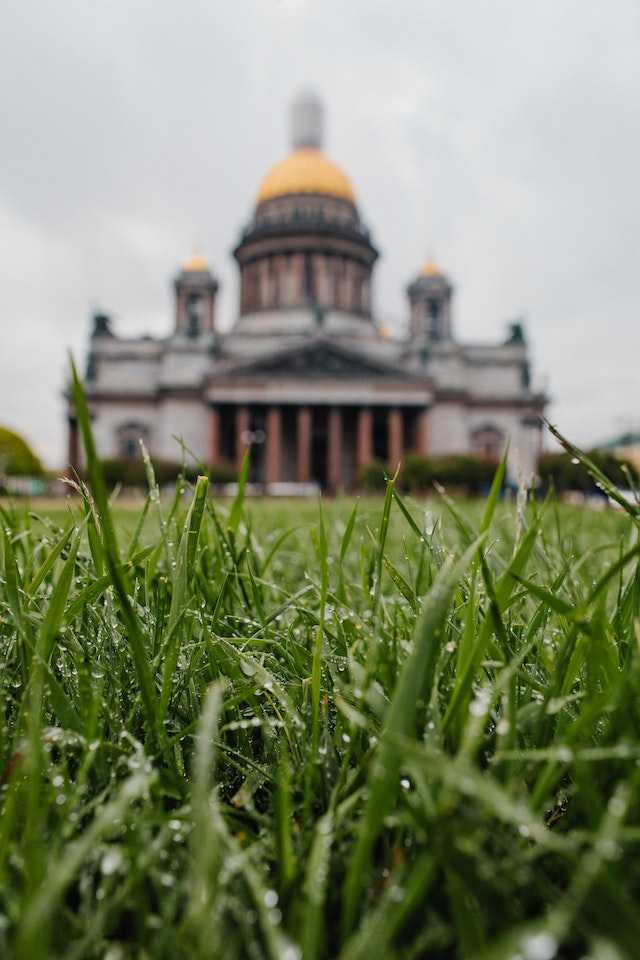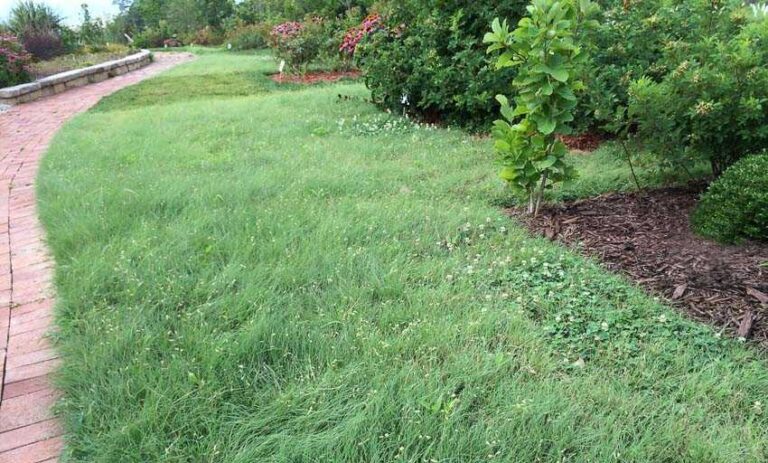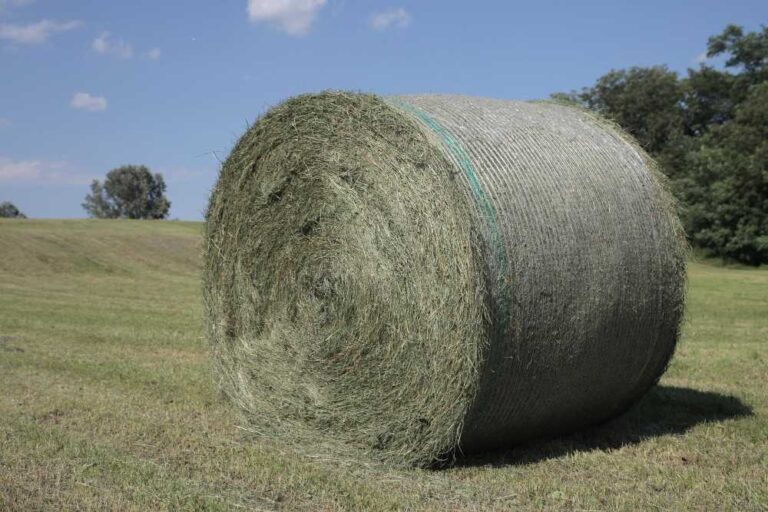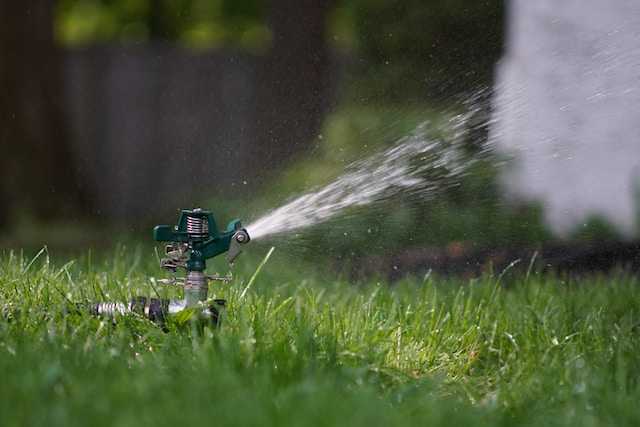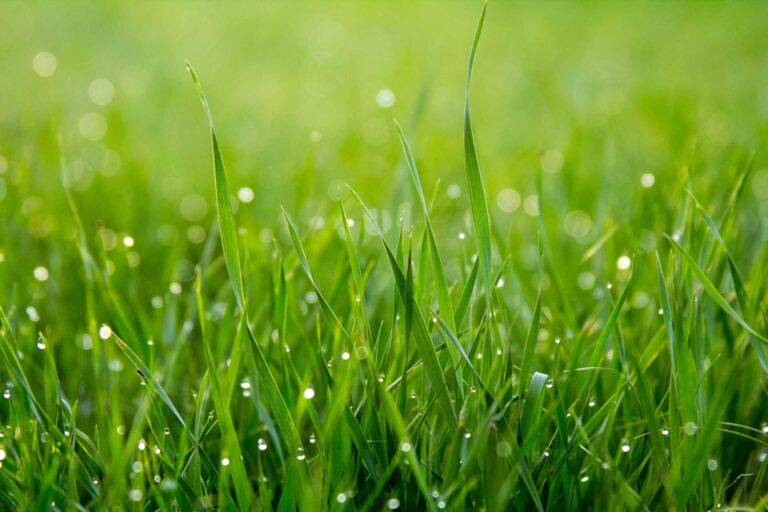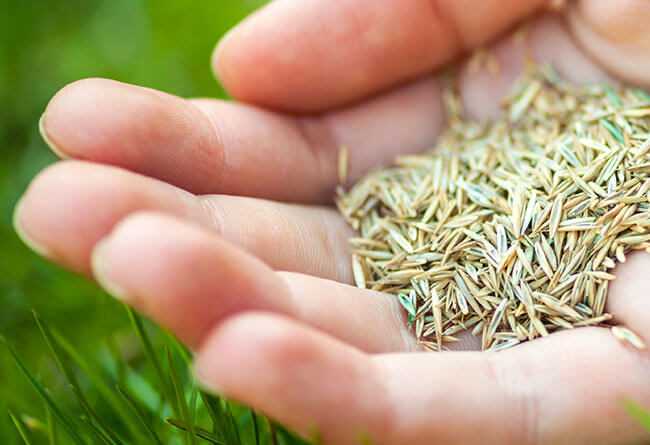Turf Comparison: Bahia Grass vs. St Augustine Sod
Grass plays an important part in landscaping and overall turf appearance. However, you should choose the right grass that can withstand your region’s climatic conditions. Bahia grass and St. Augustine are two popular grass types that can withstand the predominantly warm season in southern parts of the U.S. Both grass types grow well in hot, humid areas and coastal climatic conditions.
They prosper in various soil conditions, making them tolerant to weak, sandy soil, which is the primary soil type in the south. While both grasses are vastly grown in these regions, there are some differences you should consider when choosing the best grass for your lawn. This Bahia Grass vs. St Augustine sod comparison can help you choose the right grass for your lawn.
Bahia Grass
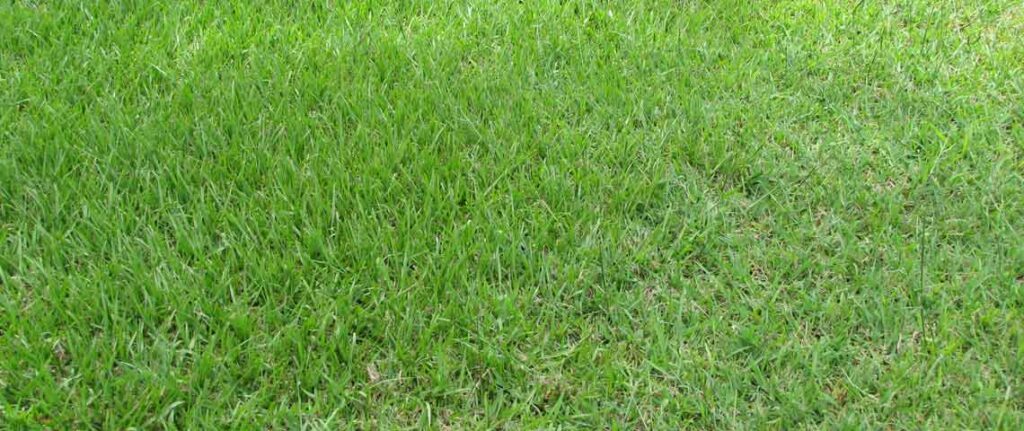
Though less popular, Bahia grass is an excellent turfgrass with various advantages. Bahia grass thrives on shades and nutrient-poor soil. It is easy to grow, requires little fertilizer and nitrogen, and less maintenance. Unlike most grass types, the most you can do for your lawn with Bahia grass is mowing.
While Bahia grass is predominantly a warm-weather grass, some varieties can tolerate cold and stress better. For instance, the Pensacola variety can grow perfectly in cold temperatures and stay green longer during winter.
The main tradeoff that comes with Bahia grass is that while it creates a good-looking lawn, its attractiveness can’t compete with Zoysia and Bermuda grasses. It also grows coarsely and sparsely than Bermuda. Bahia grass also pops Y-shaped seed heads during peak summer heat, which most people don’t find attractive. You should mow frequently to keep these seed heads at bay.
Bahia grass is also very sensitive to herbicides. Therefore, you should use herbicides minimally on this grass. If necessary, opt for organic methods of weed control. You can also weed Bahia grass better by hand pulling, spot treatment, and growing a thick lawn.
Pros of growing Bahia grass
- Adjusts well to infertile soil
- Can tolerate shades
- Easily suppresses weeds
- Minimal maintenance
- Not prone to pests and diseases
Cons of growing Bahia grass
- Takes time to establish
- Not as green and thick as other warm-season grass types
- Have near woody stolons that can damage lawnmowers
St. Augustine Grass
St. Augustine is a perennial grass mostly found in North and South America and the Caribbean. This warm season grass is a perfect garden turf, thanks to its weather-resistant qualities and heavy traffic threshold. Also called the Buffalo grass, it has a coarse texture and is dense, which explains its bouncing effect when walked on.
The strength of St. Augustine grass is because of the thick carpet it forms near the ground. This feature also helps the grass absorb and retain water, which makes it heat and drought-resistant. St. Augustine favors hot weather conditions, making it a definitive choice for homeowners in central Texas and Florida.
Like other warm-season grass types, St. Augustine thrives in these conditions because of its deep-rooted system. It only grows from stolons and not rhizomes. Stolons have roots at the nodes and grow several feet long. This means the grass is easily invasive if not controlled.
Pros of growing St. Augustine grass
- Thrives in all soil types
- Has excellent shade tolerance
- Tolerates hot and dry conditions
Cons of growing St. Augustine grass
- Has a coarse texture, which makes it unsuitable for golf courses
- High risk of lawn pests and diseases
Bahia Grass vs. St Augustine: The Differences
While Bahia and St. Augustine grasses have many things in common, the following are key differentiators:
Key identifying characteristics
The easiest way to distinguish Bahia grass from St. Augustine is by noting its main identifying characteristics. Bahia grass is always evergreen with V-shaped seed heads that stand out. The seed head spikes form on the tip of the grass’s flower stalk and are often clustered with flowers. Clustered flowers on Bahia grass are often small and black to dark brown. By contrast, St. Augustine grass produces a single spike that is 3 to 5 inches long.
You can also easily identify Bahia grass through its leaf blades. They have light green and coarse-textured leaf blades that typically fold, forming open canopies. On the other hand, St. Augustine grass has thick leaf blades with rounded edges. They are also flat with a dark green shade.
Bahia grass also grows laterally aggressively using underground stems called rhizomes that are pink or red. This makes this grass type an overly invasive grass. This significantly differs from St. Augustine grass, which spreads through above-ground stems called runners or stolons.
Bahia grass also produces large amounts of seeds. However, the amount varies depending on the Bahia grass variety. Four common varieties include Pensacola, Common, Paraguay, and Argentine grass. Argentine Bahia grass is darker and forms thicker sod than other varieties. On the contrary, St. Augustine has a slower seeding rate and rarely produces enough viable seeds. This explains why most nurseries offer St. Augustine sod only for lawn establishment.
Establishment and growth rate
You should avoid St. Augustine if you are looking to establish your lawn fresh from seeds. St. Augustine grass seeds germinate poorly and grow slowly. As such, you should consider growing your lawn using plugs or sod. Unfortunately, growing your lawn from sod or plugs is costly.
Unlike St. Augustine, Bahia grass seeds have an excellent growth rate. However, it takes longer to establish compared to other grass types. Therefore, the best way to grow your lawn faster is from sod. Most local suppliers harvest Bahia sod from pastures. While this is beneficial, it can introduce new weeds and won’t grow uniformly.
Aggressiveness and invasiveness
Bahia grass and St. Augustine differ slightly in their aggression. Though not the most invasive compared to other grass types, Bahia grass has invasive attributes. If grown in ideal conditions, especially fertile soils, Bahia grass grows at the rate of 70cm per week. This makes it overly intrusive, especially if not maintained. It also forms a thick carpet, which makes it difficult to cultivate other plants on the same lawn.
On the other hand, St. Augustine grass has low-risk invasive features. This is primarily because it only spreads from stolons. Nonetheless, while it isn’t aggressive, St. Augustine blocks out weeds and suffocates other plants grown within it because of its tight and close growing habits.
Planting and caring
Planting and caring for Bahia grass slightly differs from St. Augustine grass. You can grow Bahia grass through seeds or sod. Though slow, Bahia grass seeds self-propagate when dropped in soil. This grass is usually self-sufficient and requires very little attention.
On the other hand, you can propagate St. Augustine through sods, plugs, or stolons. After laying in the lawn, you should water steadily for a week to create a good foundation for roots to grow. Unlike Bahia grass, soil type doesn’t majorly affect St. Augustine grass growth. It can grow on most soil types and various habitats.
The most appealing characteristic of Bahia grass is the low maintenance requirements. You don’t need to do much to keep your lawn with Bahia grass green and healthy. Apart from mowing, you should only fertilize monthly. Regular mowing improves forage quality and stimulates growth. However, you should watch out for its woody stems.
St. Augustine grass similarly has low maintenance requirements. You should mow once weekly with a rotary mower. You should also fertilize monthly during spring and summer. However, like Zoysia grass, St. Augustine grass has a thatch issue, which can easily be solved through aeration using a rolling aerator or garden fork.
Ornamental appeal
Unsurprisingly, St. Augustine grass gives beautiful lawns, thanks to its thick leaf blades and dense growth with full appearance. You can hardly spot weeds in St. Augustine’s lawns because of the dense growth. On the other hand, the thin blades of Bahia grass allow weeds to thrive. Bahia grass also produces tall V-shaped blooms, which distorts its appearance.
Bahia Grass vs. St Augustine: Which One is Better?
While both grass types don’t differ much, some features make one grass type better than the other. You should consider several features to decide which grass type is better. For starters, Bahia grass is softer and lighter under the feet, while St. Augustine has a rough or coarse feel.
If your decision is based on costs, the average cost of growing Bahia grass and St. Augustine is $115. However, Bahia grass is comparably cheaper. Both grass types have similar functionality. However, you should consider the pros and cons of having each grass on your lawn to decide.
The Bottom Line
Bahia and St. Augustine grass are excellent turf choices for your lawn, especially if you live in warm climates and want to grow a low-maintenance lawn. However, you should study the specific characteristics of each grass to know which best suits your lawn.
